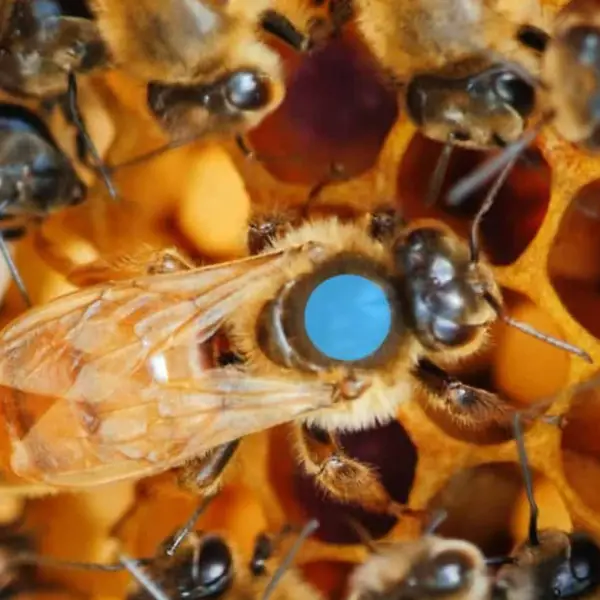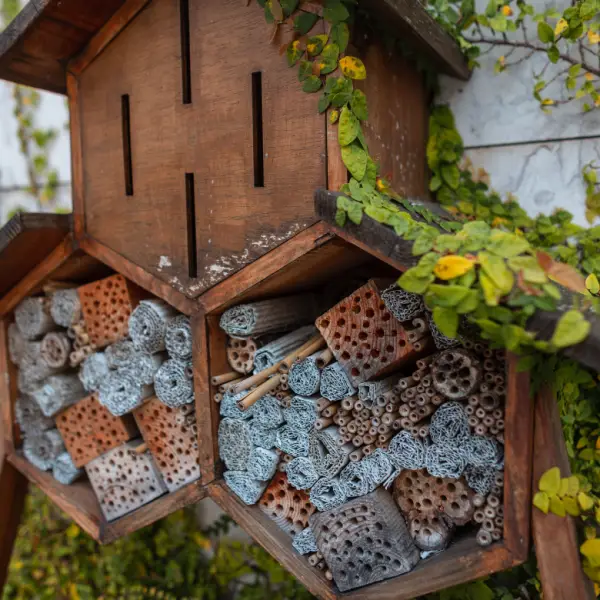Beekeeping can be an undertaking but like any endeavor, it does come with its fair share of challenges and considerations. Let’s delve into the aspects of beekeeping discussing the risks involved and offering valuable perspectives to guarantee a secure and pleasant experience.
Bee Stings – The Obvious Issue
Bee stings are an inherent part of beekeeping, but the real concern arises from severe allergic reactions, causing around 60 annual deaths in the United States. To minimize these dangers, it’s essential to wear proper protective gear, including a suit, veil, gloves, and boots, with special attention to the veil, as eye stings can be particularly serious. Understanding the dynamics of your beehive is crucial, and if you have a more aggressive hive, consulting with a professional about queen replacement can help. Having a well-thought-out sting action plan is equally vital – moving to a safe place, promptly removing the stinger, and monitoring for severe reactions can make beekeeping a safer and more enjoyable experience.
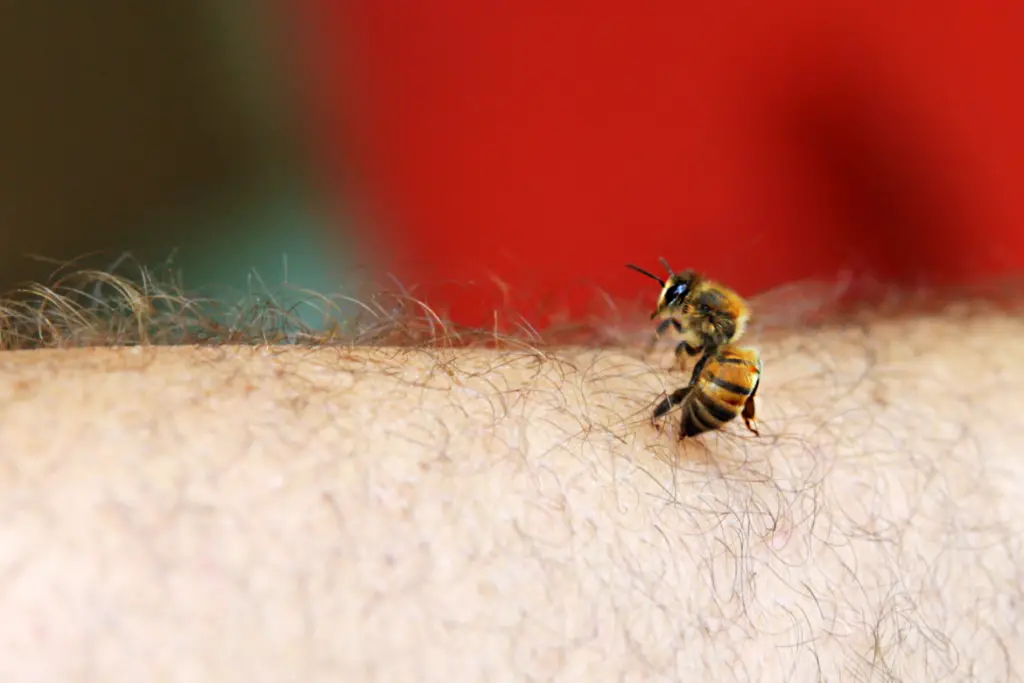
Safeguarding Others: Minimizing Risks for Family and Neighbors
Beekeeping involves not only the beekeeper but also consideration for those who share living spaces or neighboring beekeepers. It’s crucial to understand the potential allergic reactions that roommates, partners, and children may have. This awareness is vital for fostering a safe environment. Communicating openly with neighbors about your beekeeping plans is key, as it allows everyone to be well-informed and work together to create a secure and harmonious living space for all.
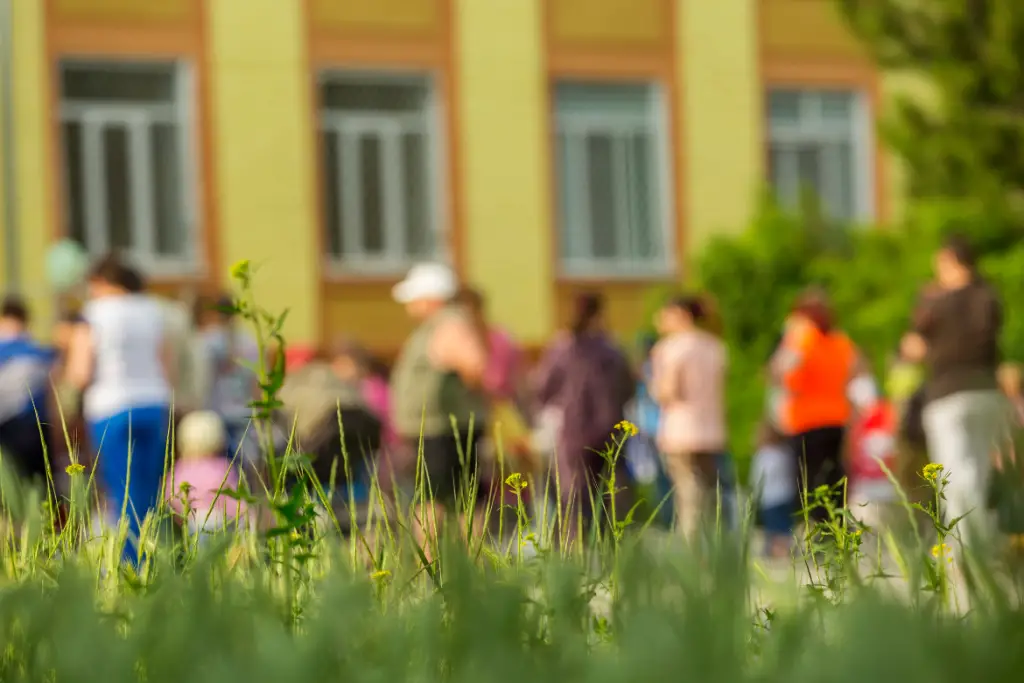
Safeguarding Against External Hazards
Beyond posing threats to honey bee colonies, the issues highlighted in this guide underscore the potential dangers associated with beekeeping for those involved. Varroa mites and other pests not only weaken bee populations but also increase the likelihood of stings for beekeepers during hive inspections and maintenance. Diseases like American foulbrood and European foulbrood not only jeopardize the health of the colony but may expose beekeepers to contaminated hive materials, posing a risk of infection. Small hive beetles and wax moths, while damaging hives, can create unsanitary conditions that may attract other pests and insects, making the beekeeping environment hazardous. External threats like mice and bears, besides disrupting hives, can pose immediate physical risks to beekeepers during confrontations or while managing infestations. Additionally, diseases like nosema, causing dysentery in bees, may result in unhygienic surroundings, potentially exposing beekeepers to health hazards. Therefore, the dangers associated with beekeeping extend beyond the well-being of honey bee colonies and include direct risks to the safety and health of those engaged in beekeeping activities.
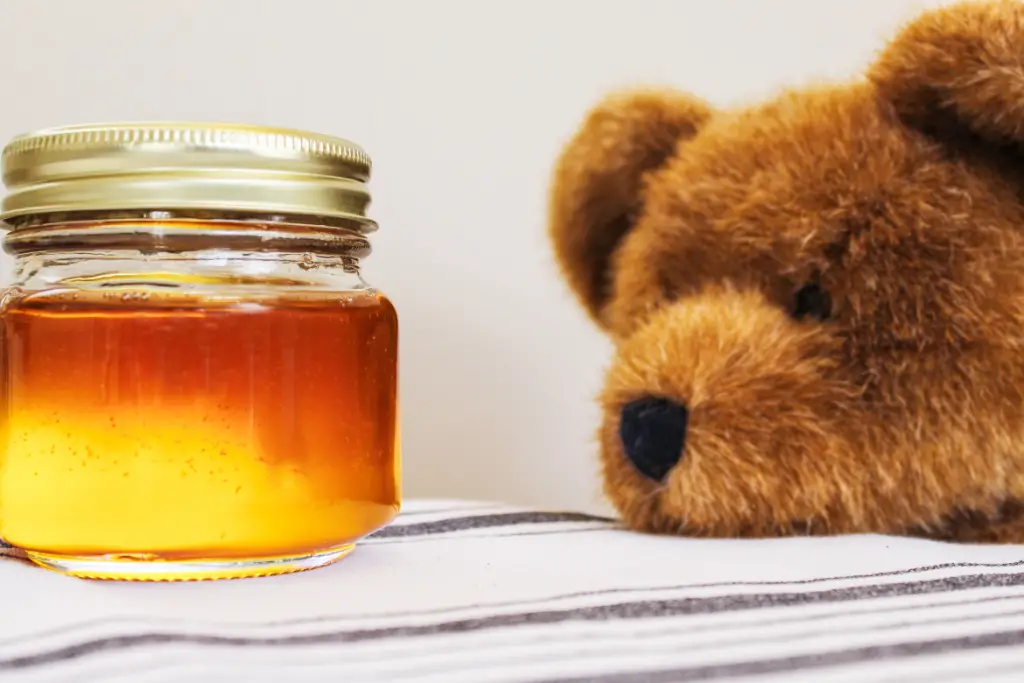
Handling Heavy Equipment: Preventing Injuries
Engaging in beekeeping requires handling heavy equipment, notably hive boxes, which can pose a risk of back injuries if not approached with care. Improper lifting techniques, such as bending over instead of squatting and lifting, may strain the back, leading to what is commonly referred to as “beekeeper’s back.” To minimize this risk, it is advisable to use tools specifically designed for lifting, such as hive carriers, and, whenever possible, collaborate with a partner during hive inspections to distribute the load. Opting for medium-sized boxes, which are lighter and more manageable than larger alternatives, can further contribute to reducing the likelihood of back injuries among beekeepers. These precautions aim to promote a safer and healthier beekeeping experience by addressing the physical challenges associated with lifting heavy beekeeping equipment.

Fire Hazards and Chemical Safety: Staying Vigilant
In addition to risks directly related to bee interactions, beekeepers are exposed to additional hazards such as burns, fire risks, and the potential dangers associated with improper chemical use. Mitigating these risks involves the proper handling of tools and equipment, ensuring strict adherence to safety guidelines when using chemicals, and maintaining a heightened awareness during various beekeeping activities. By exercising caution in handling tools, employing safety measures with chemicals, and staying vigilant throughout the beekeeping process, practitioners can significantly reduce the likelihood of burns, fire-related incidents, and the unintended consequences of chemical usage. This comprehensive approach aims to enhance safety protocols beyond bee-related concerns and contribute to a secure and well-protected beekeeping environment.
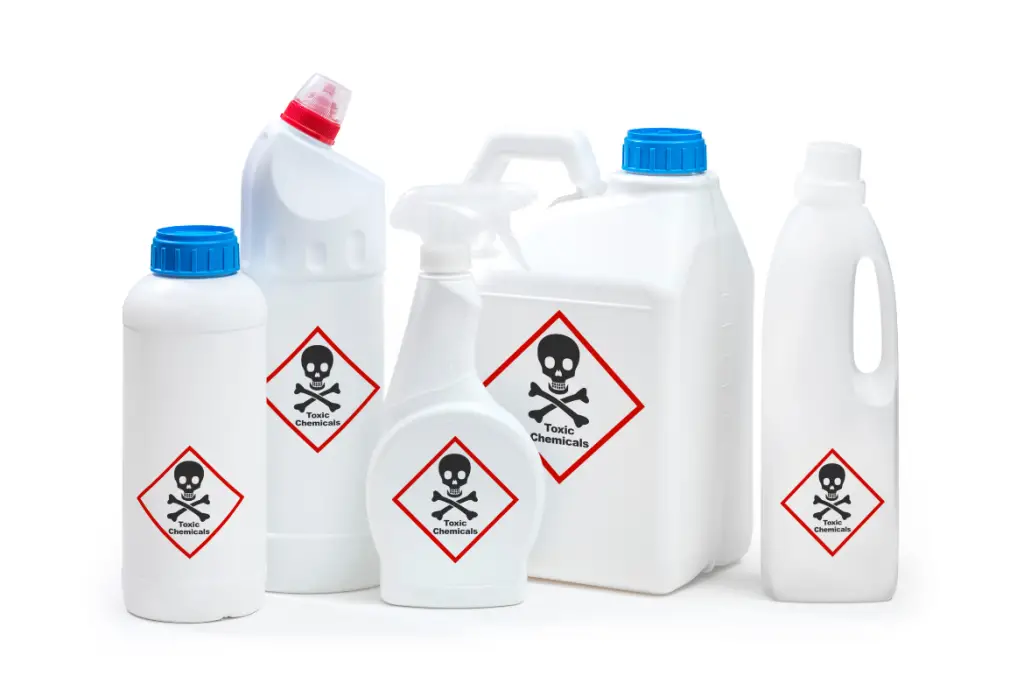
Beekeeper Isolation: Addressing the Mental Health Aspect
Beekeeping’s solitary nature can lead to isolation, impacting the mental well-being of practitioners. Addressing this challenge involves acknowledging and actively mitigating beekeeper isolation through community engagement, mentorship programs, and networking. By fostering connections within the beekeeping community, individuals can share experiences, seek advice, and provide support, contributing to a healthier and more supported beekeeping experience. In conclusion, while beekeeping is an enriching pursuit, it requires a keen understanding of potential dangers. Through staying informed, implementing safety measures, and building a sense of community, beekeepers can effectively navigate these challenges, ensuring a safer and more enjoyable environment for themselves and those in their beekeeping network.


